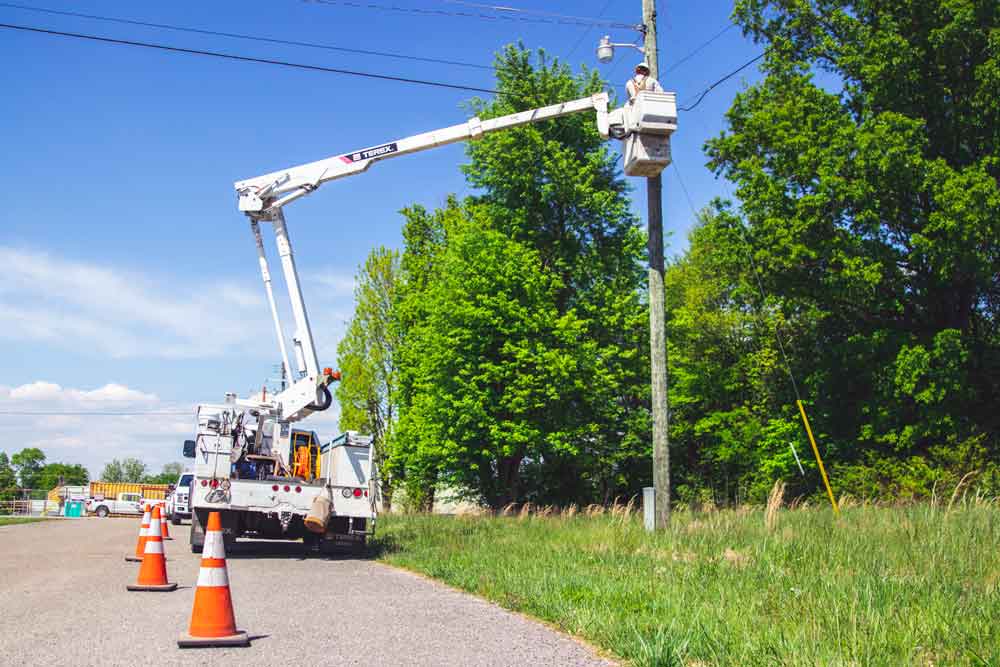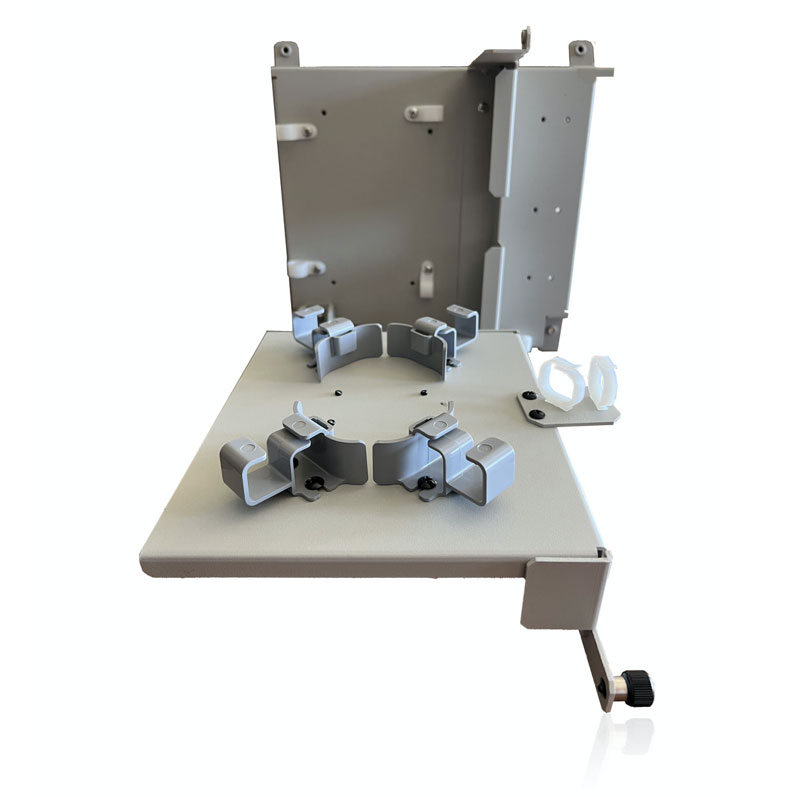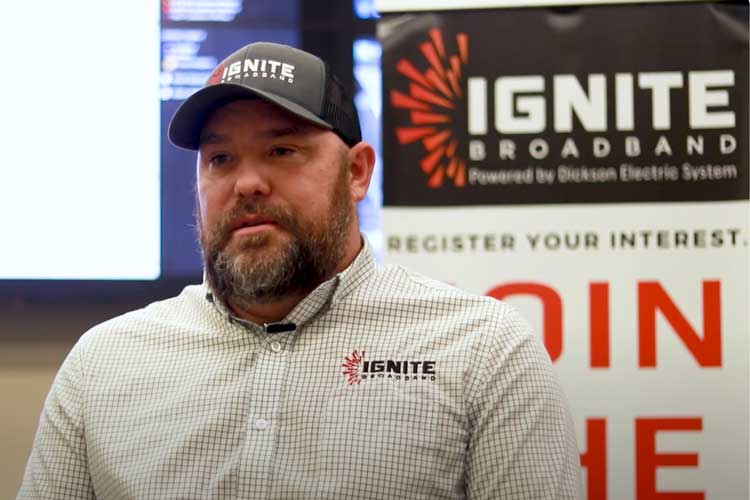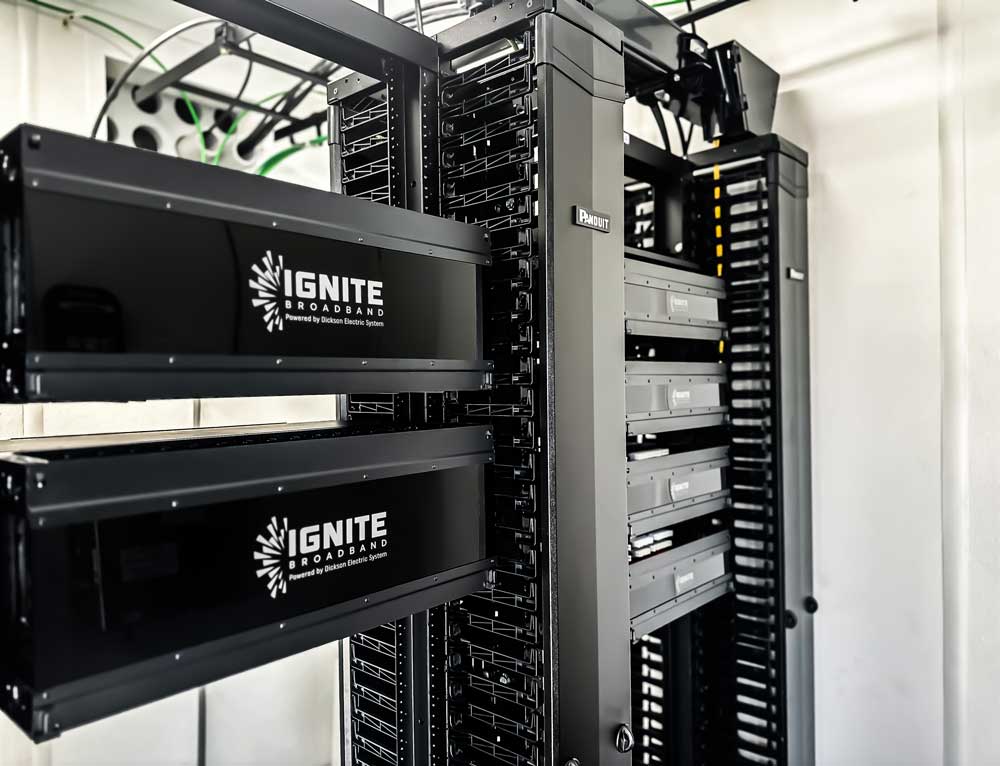Many of us have become so accustomed to having internet access that comprehending the concept of the digital divide can be challenging. Yet, a significant U.S. population remains with limited or no access to the technology and internet that many of us take for granted.
What is the Digital Divide?
The digital divide is the gap between those who have access to technology, like the internet and computers, and those who don’t. This gap may stem from variations in wealth, geographic location, education, or age. Bridging the digital divide means trying to make sure everyone has an equitable opportunity to use and benefit from digital tools.


Why is the Digital Divide Important?
Limited access to resources like the internet and computers can pose challenges like hindering their ability to do schoolwork, access telemedicine, work from home, or find jobs online. Closing this gap is crucial to ensure that everyone, regardless of their background, has a fair chance to use digital tools like fast internet and enjoy the opportunities they bring.
What Areas & Demographics Are Most Affected by the Digital Divide?
The lack of access to technology and the internet, contributing to the digital divide, is often more pronounced in the following areas and demographics:
Rural Regions:
Remote and rural areas may face challenges in infrastructure development, making it difficult to provide widespread internet access. (Learn more about how to get fiber optic internet in a rural area.)
Brett Kirby, Specialty Project Manager at Precision Group, emphasizes the company’s dedicated focus on service providers catering to rural areas in America. He highlights Precision Group’s unique approach, “We’ve developed specific products and distribution partner relationships to support our tier 3 customer base. We make it a priority for Precision Group to maintain that focus.”
Low-Income Communities:
Economic factors can limit access in lower-income neighborhoods, where individuals may struggle to afford computers or pay for internet services.
Developing Countries:
Some regions in developing countries may experience limited technological infrastructure, limiting widespread access to the internet and modern devices.
Senior Population:
Older individuals, who may be less familiar with technology or have limited resources, often face challenges in accessing and using digital tools.
Educational Institutions:
Schools in underserved areas may lack the resources for students to access digital learning tools & homeschool opportunities, putting them at a disadvantage compared to schools with better technology.
What is an Example of the Digital Divide?
An example of the digital divide could be seen in two neighborhoods, one affluent and the other economically disadvantaged. In the affluent neighborhood, most residents have access to high-speed internet, personal computers, and smartphones. Children in this area have the resources to complete their homework online, access educational materials, and explore other opportunities on the internet.
On the other hand, in the economically disadvantaged neighborhood, many families may lack access to the internet at home due to financial restraints. Children in this area may struggle to complete online assignments, miss out on educational resources available on the internet, and face challenges in developing digital skills.

Precision Group’s Mission to Bridge the Digital Divide:
Proper internet access is at the forefront of bridging the digital divide. At Precision Group – we have made it our mission to help remote, rural, and underserved areas build out their fiber networks.
“We spend a fair amount of time with some of these rural cities and utilities helping to build out fiber networks,” says Bryan Hughes, Vice President of Sales at Precision Group. “Often we hear from these customers ‘Nobody’s coming. So we’ve got to just figure this out.’ And that’s where Precision Group can step in and help. We work with the engineers and the consultants at the municipalities. We’ve helped train how they install products – we go above and beyond just selling Precision Group products.”
FIND A LOCAL REP
Sometimes you need someone who is close to you, to demonstrate products and walk through solutions on site. Precision Group has a team of local reps throughout the U.S. to help you solve problems. Contact Bryan Hughes to get connected to your local rep.






